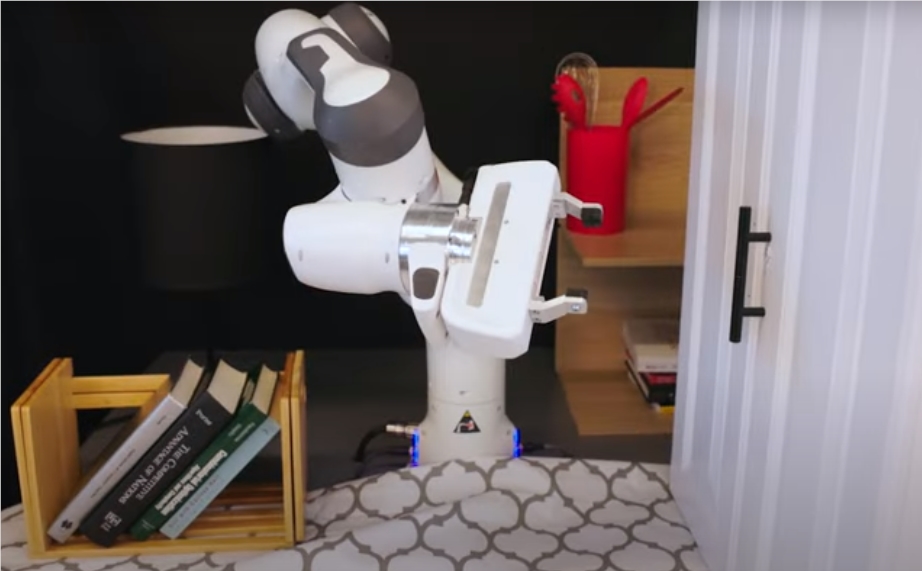The MIT CSAIL Laboratory has developed an innovative home robot training method that uses an iPhone to scan the home environment and upload the data to a simulated environment for training. This method effectively solves the shortcomings of traditional robot training in adapting to complex home environments, and provides a new way for robots to adapt to different layouts, lights, and object placements. Through virtual simulation, robots can perform a large number of exercises without causing actual damage, significantly improving training efficiency and safety. The advantage of this method is that it combines virtual training with real environment data to improve the robot's adaptability in dynamic environments.
With the complexity of the home environment, traditional robot training methods are unable to adapt to various home layouts, lighting and object placement, so this new method is particularly important.

Note: The picture is from YouTube screenshot
Simulation training has become an important means of robot learning. Through the virtual environment, the robot can repeatedly try and fail in a short period of time and conduct a large amount of practice. The advantage of this training method is that even if the robot "breaks" thousands of virtual cups in the simulation, there is no actual loss. In a video, researcher Pulkit Agrawal said: "Training in the virtual world is very powerful, and the robot can be practiced millions of times without any impact in the real world."
However, simulation alone is not enough to allow robots to adapt to dynamically changing home environments. Environmental data obtained through a simple iPhone scan can greatly enhance the robot's adaptability. It is this data that helps robots in practical applications better respond to the movement of furniture in the home or the unexpected appearance of dishes on the kitchen counter.
Overall, creating a strong environmental database not only enables robots to perform better in familiar environments, but also helps them adjust quickly in the face of changes.
Highlights:
- MIT has launched a new method to help robots train virtually by scanning the home environment through iPhone.
- Simulation training enables robots to practice quickly, significantly reducing the cost of failure in actual operations.
- Through the environment database, robots are more adaptable and intelligent when facing dynamic home environments.
This new technology for home robot training based on iPhone scanning not only improves the robot's ability to adapt to the home environment, but also reduces training costs and risks, providing a new direction for the development of home robots. In the future, this technology is expected to be further improved to make home robots more intelligent and practical, and better serve people's lives.